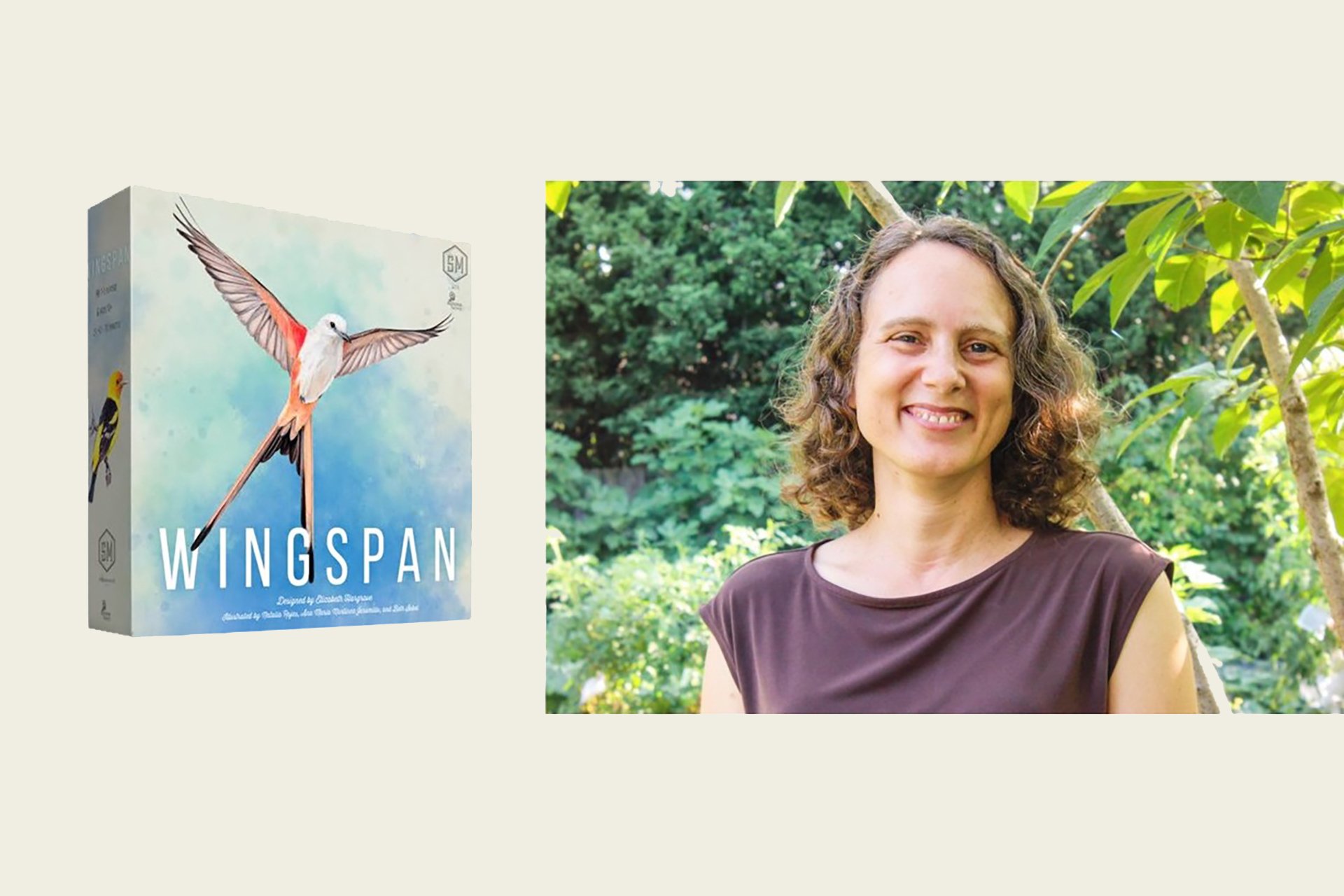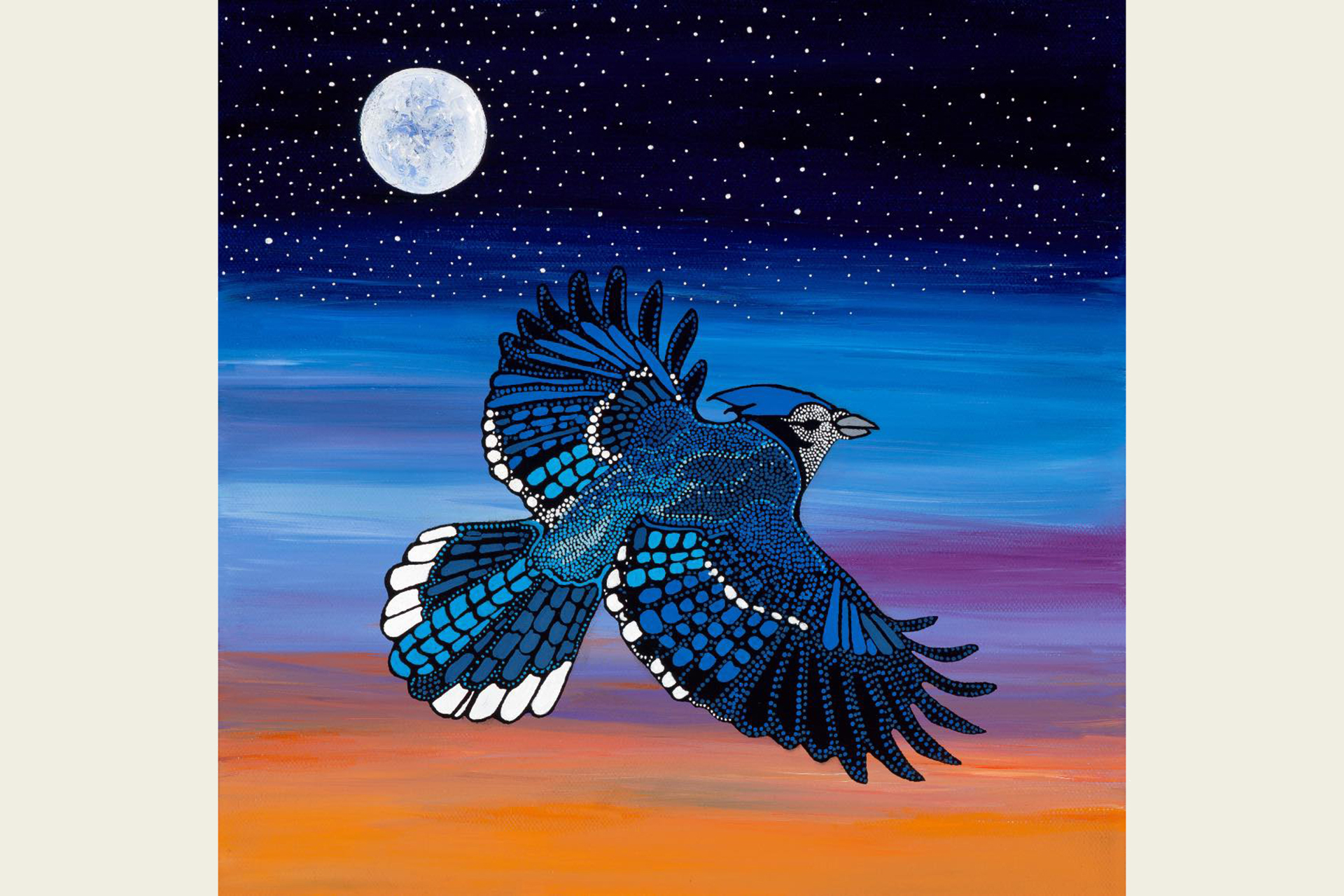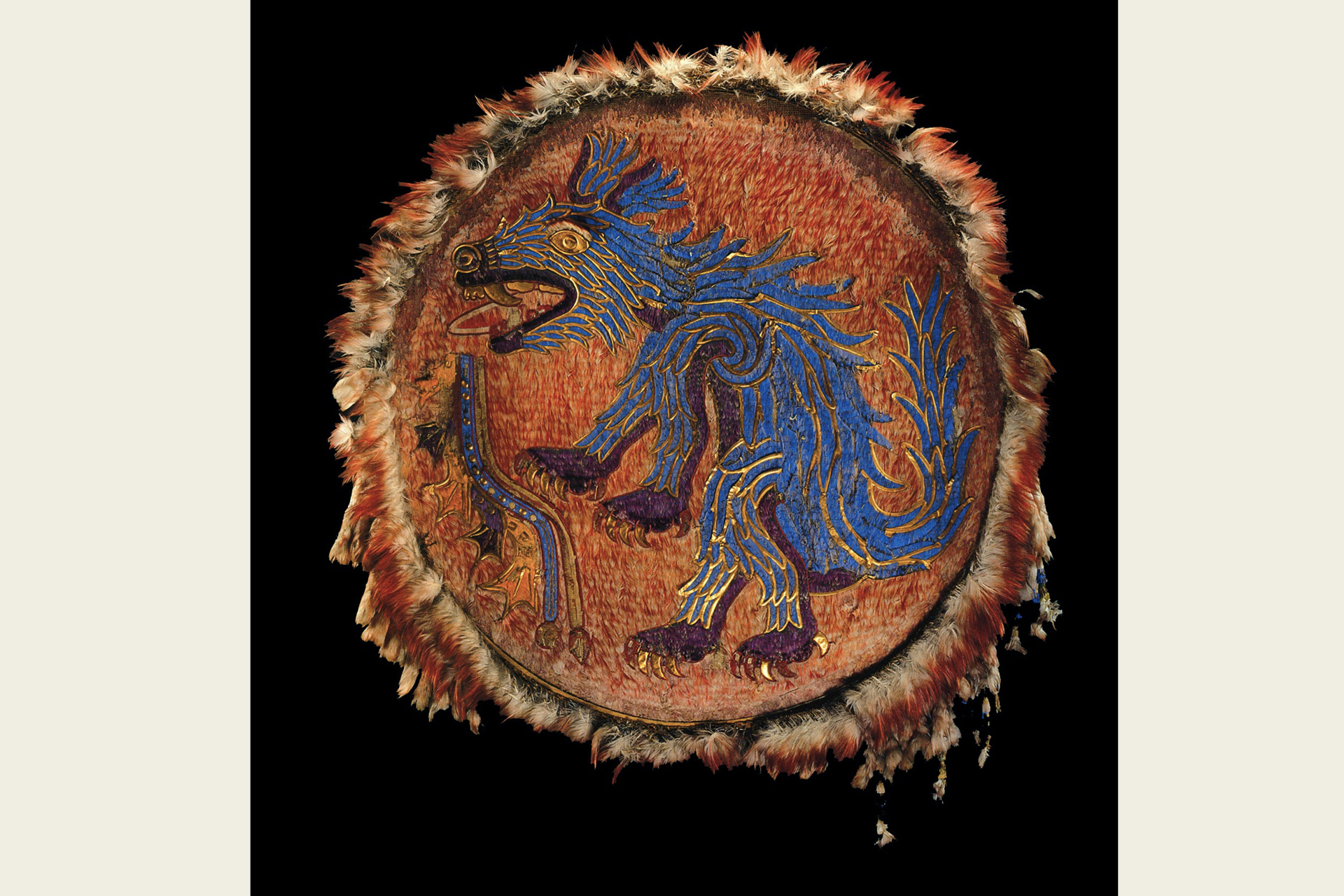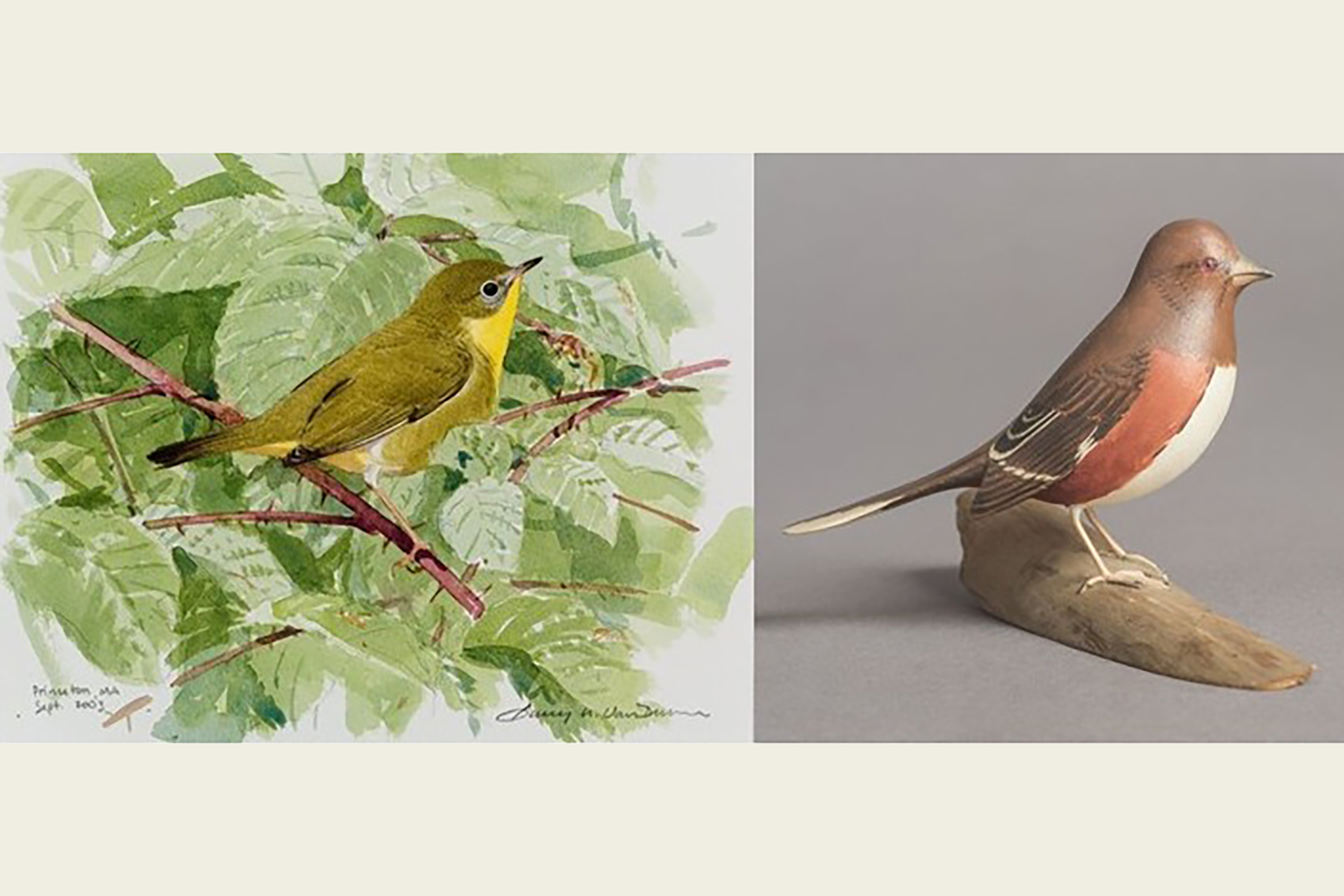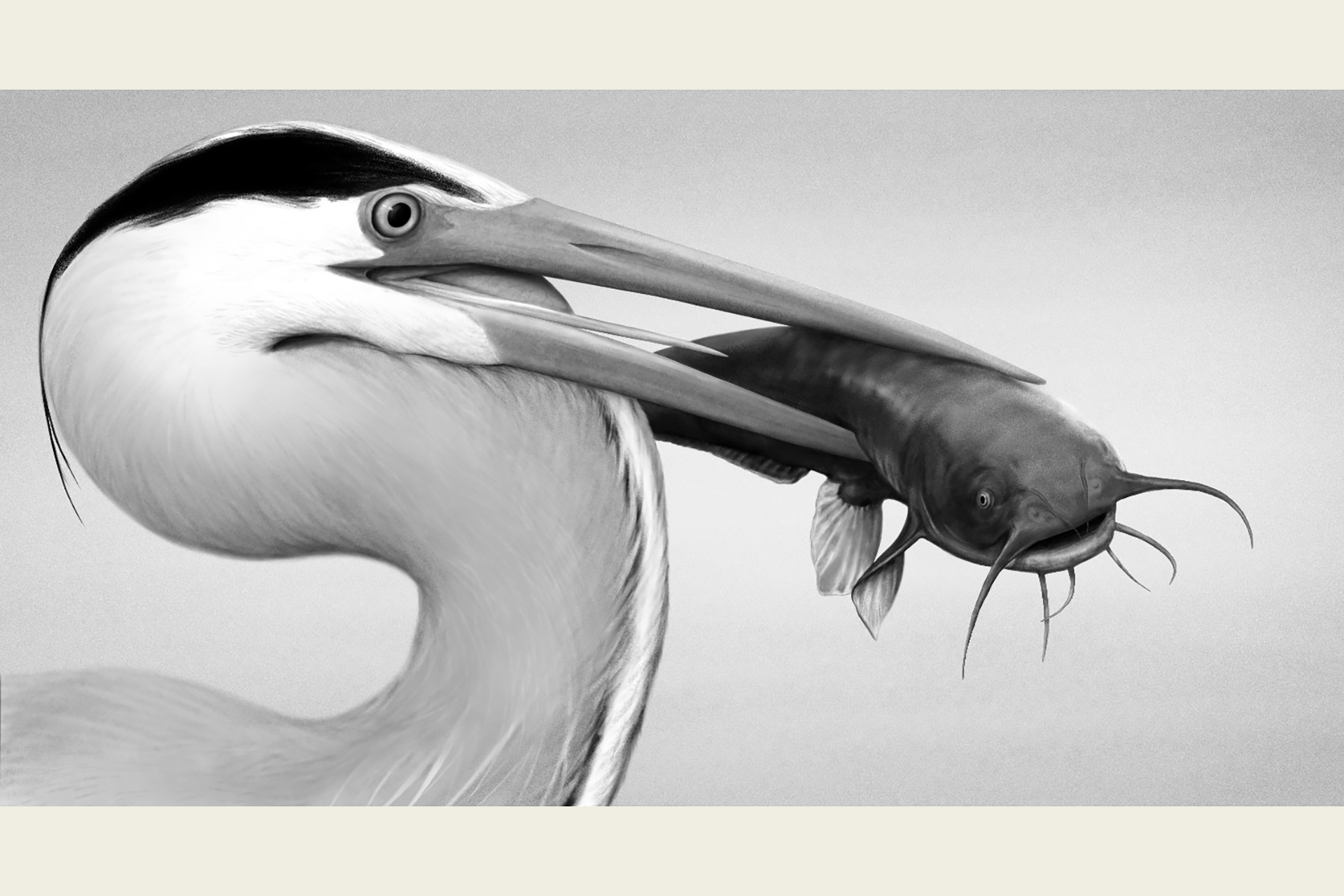Special Event: October 8-December 17, 2025
7:00-8:00 pm
MABA’s series of thought-provoking lectures continues, this time with a focus on the beauty and wonder of birds as inspiration for centuries-old artistic practices, games and play, cultural storytelling, and art as activism.
These talks, which are free and take place via Zoom, move the conversation around bird art into new directions and invite underrepresented and unexpected perspectives into how we conceive of birds in art.
October 8
Wingspan: A Game Takes Flight with Elizabeth Hargrave
Elizabeth shares the story of the creation of Wingspan, a board game that has introduced millions of players to the beauty and diversity of birdlife. She traces the game’s development from initial inspiration to finished product, the journey to its artful design and the world of publishing, and the wild ride of its unexpected success.
About the speaker: Elizabeth Hargrave is a board game designer known for creating nature-themed games that combine scientific accuracy with engaging gameplay. She gained international acclaim in 2019 with her debut title, Wingspan, which won the prestigious Kennerspiel des Jahres and has since sold over 2 million copies.
Following Wingspan, Hargrave designed several other games that explore different facets of the natural world, including Tussie-Mussie (2019), Mariposas (2020), The Fox Experiment (2023), Undergrove (2024), and the forthcoming Sanibel (2026). Before becoming a game designer, Hargrave spent over 20 years working in health policy, focusing on programs for older adults and low-income individuals. =She is also a founding member of the Tabletop Game Designers Association, helping to build a more connected and inclusive professional community for game creators.
October 22
Bird Relatives of Gitchi Gami (Lake Superior) with Sam Zimmerman/Zhaawanoogiizhik
Sam Zimmerman/Zhaawanoogiizhik, a Grand Portage Band of Ojibwe direct descendant and cover artist of Birding magazine's “Bird of the Year” (the Common Loon) shares the different bird relatives of the Gichi Gami (Lake Superior) region. His lecture will include a number of paintings inspired by various species of the northern shore of the world's largest freshwater body of water, Gichi Gami (Lake Superior). Species will include waterfowl, raptors, perching birds, and land fowl. His presentation willshare the stories of his different experiences that led to the completed paintings. Ojibwemowin, an indigenous language spoken by the Ojibwe people will be featured throughout, as Sam’s work serves to preserve Ojibwemowin, a critically endangered language.
About the speaker: Sam Zimmerman’s work explores his Ojibwe heritage, his experiences in nature upon his return to the Grand Portage reservation while preserving shared oral histories, sharing his experiences with our animal, bird, fish and plant relatives while incorporating the natural landscape of Lake Superior's North Shore. Sam focuses on continuing the Anishinaabe tradition of storytelling, embedding the themes of environmental stewardship and conservation of the North Shore through his studio and public art commissions.
He has completed many public art pieces, including for the Grand Portage Tribal Nation, the Chik Wauk Museum and Nature Center, Voyageur National Park, and the Duluth and Grand Marais communities as a means to celebrate and share Ojibwe culture and language. He just completed a MNPAiR, Minnesota Parks Artists in Residence program and his bilingual art book, Following My Spirit Home, published in 2022, was a silver finalist for a Midwest Book Award in June 2023. Follow Sam’s studio on Facebook and Instagram @CraneSuperior.
November 5
Splendorous Messaging, Political Negotiation and Material Exchange in the New World, 1500-1600 with Dr. Eulogio Guzmán
Explore colorful feather mosaics produced in 16th-century Mexico and learn the consequential political negotiations these exquisite works generated. The New World was home to several brilliant civilizations with remarkable visual and material cultures the likes Europeans had never seen before 1500. The first objects to arrive to Europe from the mainland in 1520 were a lavish political gift offered by the Mexica/Aztec emperor Montezuma II comprising works made of gold, silver, precious stone, and mosaic objects composed in resplendent feathers. Following conquest, feather mosaics continued to be produced by acculturated indigenes under Spanish supervision and sent to Europe dazzling their viewers.
About the speaker: Guzmán’s work examines the socio-political value of visual culture in Pre-Columbian and colonial societies within the Americas and is a specialist in the visual manifestation of indigenous governance and political sovereignty of Middle American civilizations. He many publications to his name including a co-edited volume that examines the political significance of space in many capitals across the world and is completing a book manuscript on the ways the Mexican empire used art and architecture to advance their hegemonic claims of sovereignty over a diversified political conglomerate.
November 19
From Art to Activism with Rebecca McGee Tuck
Rebecca McGee Tuck traces her path from artist to environmental advocate, while sharing how her work collecting and transforming marine debris started with simple walks along the wrack line. Along the way, Rebecca found herself not only creating art but connecting with communities and organizations fighting for environmental justice. From the shoreline to the steps of the Capitol Building in Washington DC, her journey is shaped by the objects left behind–and what we choose to do with them. This talk will encourage you to reflect on your own role in shaping a more sustainable future.
About the speaker: Rebecca McGee Tuck is a fiber artist, sculptor, and a dedicated ocean activist. Her artwork serves as a visual narrative, transforming discarded materials from our throw-away society into environmentally aware works of art. Tuck's collaborative project, Sculpture Monster: Creature from the Plasticine Era was featured in Fiber Art Now Magazine in 2024, and her work has been juried in exhibitions across the Northeast, including at the Cape Cod Art Museum, Fitchburg Art Museum, Boston Sculptors Gallery, Viridian Artists Gallery in New York City, and the St. Botolph Club in Boston. Tuck has held artist residencies at the New Bedford Whaling National Historical National Park, the UMass Dartmouth, and the Cuttyhunk Island Residency. Her series, “Along the Wrack Line,” addresses the pressing issue of debris and plastic pollution on New England beaches, highlighting the environmental challenges faced by our coastal regions. Tuck is an MFA Candidate at Clark University.
December 3
Formidable Females: The Science of Female Birds and the Art they Inspire with Natasza Fontaine and Hyla Howe
Conservation, scientific research, and visual art come together in this talk that celebrates the pivotal role of the female bird in species survival and resilience. Conservation biologists Natasza Fontaine and Hyla Howe will discuss their field work with shorebirds and grassland birds, uncovering the remarkable intelligence and resilience of female birds that is so often overlooked. Museum of American Bird Art Director, Dr. Jennifer Tafe, will also share some of the collection’s incredible works of art that highlight the enduring artistic inspiration of female birds and how these works enrich Mass Audubon’s holdings.
About the speakers: Natasza Fontaine holds a Master of Science in Biology from Florida State University. Prior to obtaining her Master's, Natasza worked at the William and Lynda Steere Herbarium at the New York Botanical Garden. Natasza worked as an avian field biologist in the Southeast and Southwest. She is a former shorebird and seabird biologist for Audubon Florida, and most recently an avian biologist for Colorado Parks and Wildlife. She is interested in understanding habitat associations for migratory species, bioacoustics, and bioacoustics monitoring. She is an avid avian recordist and a natural science illustrator. Natasza is the American Birding Association's Bird of the Year artist, creating the cover of the January 2024 issue of Birding Magazine–Golden-winged Warbler. She is also a visiting biology professor at Mass Art. Hyla Howe is Mass Audubon’s Grassland Bird Biologist and the Bobolink Project’s Program Coordinator. Her time is spent working with farmers to help them adopt bird-friendly haying timelines, partnering with diverse stakeholders to improve best management practices, and developing regional conservation strategies. In her free time, Hyla enjoys writing, pottery, and exploring the forests, lakes, and mountains of New England.
December 17
Erica Beade: Drawing on Nature: an Artist and Educator Explores Art, Science and the Natural World
Erica shares her evolution as an artist and her dedication to teaching drawing as a way to help people connect with the natural world. Originally trained in the fine arts, Erica worked as a scientific illustrator for many years, which allowed her to combine a love of science and nature with her passion for drawing. Her traditional and digital illustrations have appeared in numerous books, magazines and exhibits. Most recently, she created illustrations for Lorna Gibson’s upcoming book, Birds Up Close: An Engineer Explores Their Hidden Wonders.
About the speaker: Artist and educator Erica Beade worked as a scientific illustrator for many years, communicating complex ideas through clear, eye-catching images. Her traditional and digital illustrations have appeared in numerous books, exhibits and journals, with clients including Mass Audubon, W.H. Freeman & Company, and the Joslin Diabetes Center. Since 2002, Erica has shared her passion for nature and drawing as an instructor at the Harvard Museum of Natural History and other venues, with a focus on close observation and drawing as a way of connecting with the natural world. She helped develop the Art and Science in One Program in the Cambridge Public Schools, introducing 4th and 5th graders and adult volunteers to nature journaling as a tool to explore nature and cultivate observational skills. Erica received a B.A. in Fine Arts from Wesleyan University with a focus on drawing and printmaking. An avid birder, she and her partner live outside of Boston with their Boston Terrier.
Stay Connected
Don't miss a beat on all the ways you can get outdoors, celebrate nature, and get involved.




